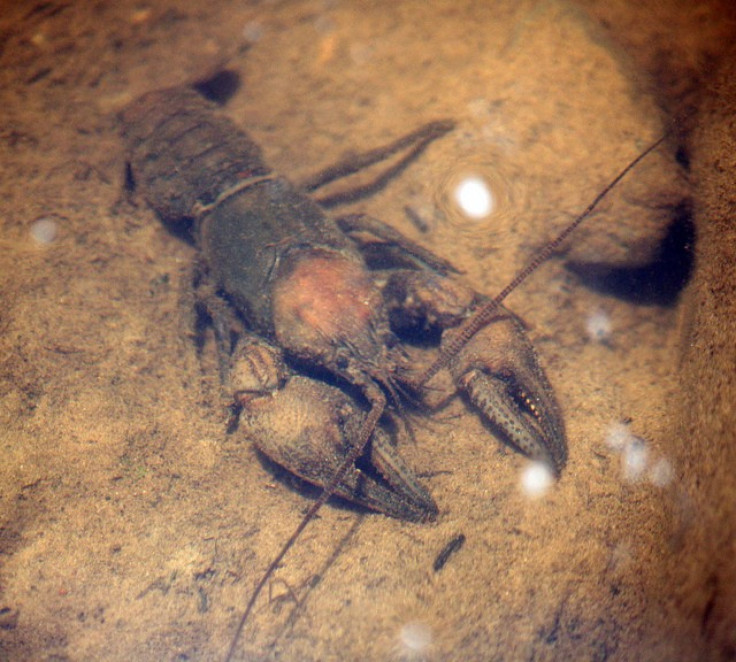Science Teachers May Be Releasing Invasive Species: Survey

Your science teacher could be about to unleash a plague of invasive species -- outside animals that threaten local wildlife, according to a new survey.
Oregon State University researcher Sam Chan interviewed nearly 2,000 teachers in the U.S. and Canada and found that only 10% of respondents participated in planned release programs for the live animals they used in their classrooms.
"Live organisms are a critical element for learning and we don't want to imply that they should not be used in the classroom," Chan said in a statement Tuesday. "But some of our schools - and the biological supply houses that provide their organisms - are creating a potential new pathway for non-native species to become invasive."
Chan, the former chair of the Oregon Invasive Species Council, presented his study on Tuesday at the national meeting of the Ecological Society of America in Portland, Oregon. It has not been yet published in a peer-reviewed journal.
Many of the animals used by teachers are known to be potential invaders: crayfish, red-eared slider turtles, and frogs, for example. Crayfish, in particular, are of interest because surveyed teachers in the Pacific Northwest said they tended to get them from distributors in Louisiana.
Out-of-state crayfish could be carrying disease or parasites that might threaten the local ecosystem if released into the wild, according to Chan.
Chan also talked to representatives from biological supply houses, which provide about half of the animals used by teachers. While some said it wasn't their job to educate teachers on the risks of invasive species, some said they would be willing to work on supplying local organisms to customers, according to the survey.
"Both teachers and suppliers should consider what will become of these organisms when the classroom lessons are over," Chan said.
© Copyright IBTimes 2024. All rights reserved.











